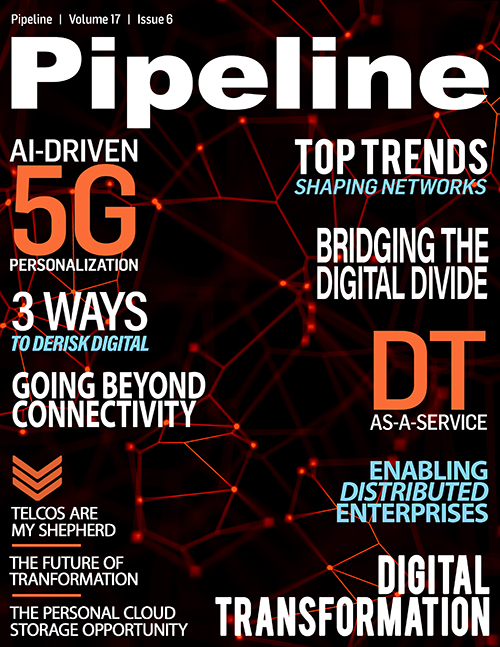Top Trends Shaping Networks in 2021
5G monetization opportunities
Despite the pandemic shifting operational priorities, causing some new network roll-outs to slow down, service providers have still been heavily investing in and deploying 5G networks. With over 140 commercial networks launched across the globe, and many more expected in 2021, 5G is now real, bringing new monetization opportunities for operators. With massive speeds, huge connection densities and ultra-low-latency experiences, we expect to see progress in new consumer applications (such as gaming, augmented reality, virtual reality and mixed reality), 5G for industry verticals, consumer broadband with content bundling, enterprise broadband and cloud-managed services and fixed wireless access services in 2021.
400G deployments ramp up
As commercial solutions become more viable to support the relentless growth in bandwidth demand, we will continue to see momentum build for 400G in 2021 and in the years to come. While large cloud providers are driving the first wave in the data center and the wide-area network, expect to see 400G ramp up in service provider networks in 2021, as well as across data center interconnect, core, peering, and CDN gateway use cases, among others. We will see large-scale rollouts of 400G in the WAN, especially in the second half of the year, driven by the availability of lower-cost optics, lower operating expense potential with fewer ports to manage, and pay-as-you-go pricing models that will allow operators to smoothly navigate the upgrades. Looking beyond this year, we will see 400G appear in metro aggregation nodes as 5G buildouts drive even more traffic and network densification.
Open RAN is here to stay
Operators are leaning further into vendor choice and flexibility to better capitalize on mix-and-match solutions that help reduce operating costs—all as part of a bigger effort to manage the surge in network traffic while still staying profitable. The service provider industry’s drive towards open architectures will continue to gain momentum in all areas. Open RAN is no exception.
We will see accelerated momentum in Open RAN globally with RFPs, trials and early deployments as many operators commit to democratize their radio access domain mainly for driving vendor diversity and best-of-breed innovation. While commercial widescale deployments of Open RAN are a few years out, we will see a strengthened Open RAN ecosystem, greater technology maturity and new kinds of partnerships that will fundamentally change how radio networks will be deployed, managed, and leveraged for value creation in the future.
Future networks: Preparing for the next wave
While traffic patterns may never completely return to pre-COVID levels once we emerge from the current situation, we will see longer-term changes in relation to how service providers build, design and manage their networks. This past year made it more evident that connectivity will always be in demand, so service providers will continue to invest in open, agile network architectures allowing them to respond, innovate and scale smartly. The pandemic served as an opportunity to unlock innovations in network operations, driving ongoing investments in automation tools to operate networks reliably, efficiently and at scale. And with heightened user expectations, the pandemic brought into focus the need for service providers to secure and assure services effectively for their customers to deliver the needed experience no matter what the future brings.


















